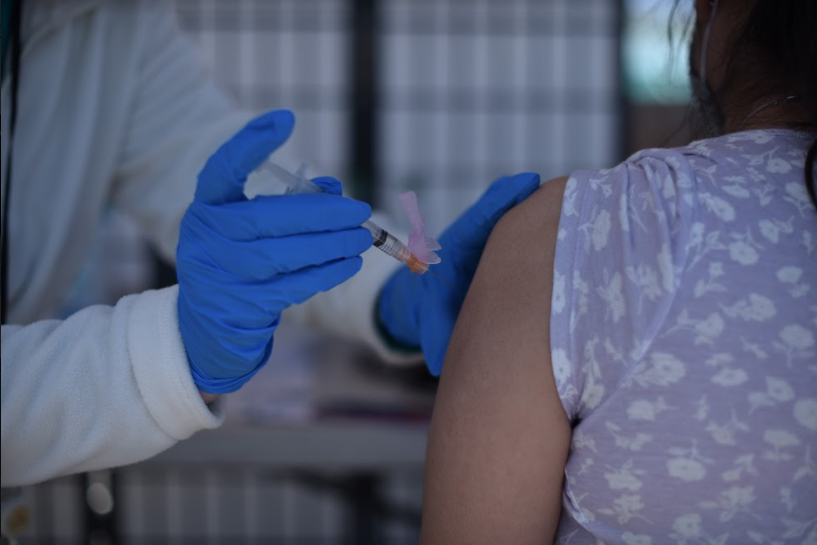
With a population of 197,000, Imperial County is a COVID-19 vaccination success story in California, boasting one of the best vaccination rates in the state despite being one of the poorest and hardest hit regions by the COVID-19 pandemic.
In the context of this phenomenon, experts met at a press conference offered by Ethnic Media Services and the Department of Health's Vaccinate All 58 initiative
